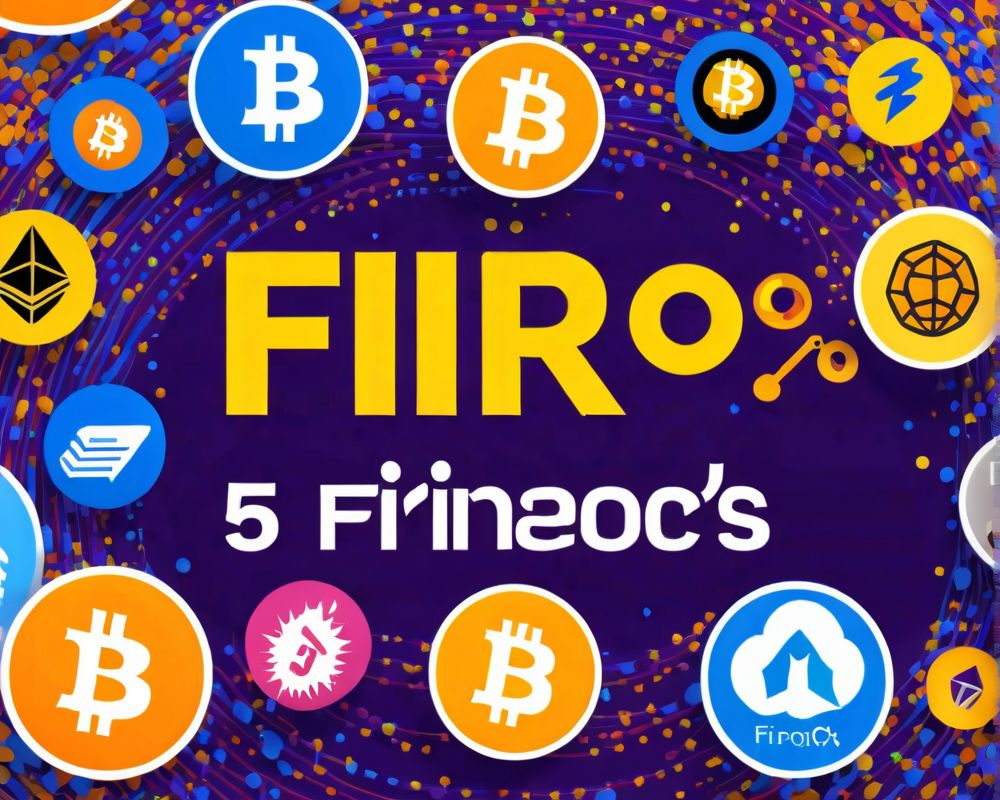Understanding the Web3 Wallet Landscape
The Web3 ecosystem hinges on one essential tool: the cryptocurrency wallet. Whether it’s a standalone app or a handy browser extension, wallets are critical for users to verify their digital identities and authorize transactions. However, this essential tool often comes with a frustratingly steep learning curve for newcomers. Unlike the user-friendly interfaces of Web2 apps, Web3 wallets require users to master a range of complicated concepts, like remembering seed phrases, creating strong passwords, and ensuring addresses are copied accurately when sending funds. It’s a wonder anyone survives the initiation process!
Custodial vs. Non-Custodial Wallets: The Great Debate
So, what’s a new user to do? One option is to dive into the realm of custodial wallets, like those offered by centralized exchanges. Sure, it’s convenient, but warnings about custodial wallets pang in the ears of the seasoned crypto folk, and for a good reason. Centralized entities like Mt. Gox, QuadrigaX, and FTX have all felt the sting of hacks and fraud, leading users to lose their hard-earned coins. With scars like these, many crypto enthusiasts argue for the safety of non-custodial wallets that rely on seed phrases to protect user identities. But is there a way to straddle the line between security and convenience? Enter the innovators.
Wallet Innovations: Making Life Easier
Some companies are stepping up to the challenge, striving to build wallets that combine the security of non-custodial solutions with the ease required by new users. Companies like Magic, Dfns, and Web3Auth believe it’s possible to make managing a wallet as simple as using an email account, minus the crusty password logistics. They are reimagining how wallet infrastructure can work:
- Magic Wallets: The Magic SDK allows developers to create «seedless» wallets. By keeping private keys encrypted on secure Amazon servers, users don’t store keys directly on their devices. Authentication is handled through a one-time-use token sent to users’ email addresses, allowing them to easily access their wallets without juggling passwords or seed phrases.
- Kresus Wallet: A stellar example utilizing the Magic SDK, Kresus is a mobile app that lets users handle various cryptocurrencies like Bitcoin and Ether with .kresus domains instead of dreary old crypto addresses. It’s user-friendly and was released for iOS in May 2023.
- Immutable Passport: For gamers, Immutable’s Passport API allows users to create wallets via gaming platforms. This integration means your gaming collectibles can be seamlessly stored across different games.
Addressing Security Concerns
Yes, you heard right! Each innovation comes with its own set of potential issues. For instance, the Magic SDK faces security scrutiny because it’s reliant on email tokens. In theory, if a hacker takes control of someone’s email account, they might gain access to the user’s HSM (hardware security module) and make unauthorized transactions. As a defense, Kresus and Immutable Passport have pounced on the idea of two-factor authentication (2FA) to act as a safety net should email security falter.
Emerging Techniques in Wallet Tech
Another fresh approach originates from Web3Auth, which employs multiparty computation (MPC) for key management. By dividing a user’s private key among several parties, Web3Auth ensures users can still recover their wallet even if one piece is lost—talk about teamwork! They’re striving to create a self-custodial experience that eases the typical user fears associated with crypto mishaps.
The Dfns network is shaking things up by offering a passwordless experience with its unique network model, where the control over a private key is spread over numerous nodes. Here, a user’s device is not burdened with the entire responsibility of safeguarding sensitive information. Instead, Dfns uses advanced verification protocols, making things less painful for our forgetful friends.
The Big Question: Will Users Embrace These Changes?
The million-dollar question remains: will the average user navigate these new wallet solutions? While some folks will embrace the changes, preferring to dip their toes into greater security options, others might still feel overwhelmed and choose to cling to their familiar custodial solution, even if it means risking their crypto stash. Ultimately, this unfolding saga will spark ongoing discussions on what true self-custody entails and how users can keep their funds secure—while giving a nod to the humor in the chaos of technology!




